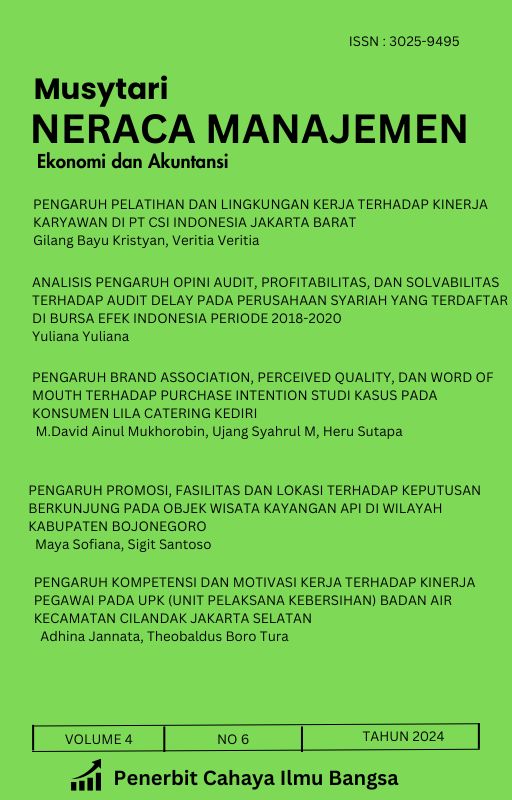SWIPE UP JADI CUAN: TREN BELAJAR SAHAM LEWAT TIKTOK DI KALANGAN INVESTOR PEMULA TUBAN
Main Article Content
Abstract
The digital transformation has revolutionized investment learning paradigms, particularly through social media platforms like TikTok, which has become a popular financial education medium among young generations. This research aims to analyze the phenomenon of stock learning through TikTok among novice investors in Tuban Regency, East Java. The "FinTok" or financial TikTok phenomenon has attracted millions of users with easily digestible and engaging educational content formats. This study employs a qualitative approach with a case study design to explore the subjective experiences of novice investors using TikTok as a source of investment learning. Data are collected through in-depth interviews with 20-25 key informants, participant observation, digital content analysis, and focus group discussions. Data analysis utilizes thematic analysis to identify learning patterns, usage motivations, knowledge implementation, and challenges faced. The theoretical framework integrates Social Learning Theory, Technology Acceptance Model, Digital Financial Literacy Theory, and Diffusion of Innovation Theory. This research is expected to contribute to understanding the dynamics of digital investment learning, particularly in the Indonesian local context, and provide recommendations for developing effective financial education strategies for digital natives. The research findings will benefit financial regulators, educational institutions, digital platforms, and society in optimizing technology utilization to enhance financial literacy.
Downloads
Article Details
Section

This work is licensed under a Creative Commons Attribution-NonCommercial-ShareAlike 4.0 International License.
How to Cite
References
Jurnal
[1] Bandura, A. (1977). Social Learning Theory. Englewood Cliffs, NJ: Prentice Hall.
[2] Braun, V., & Clarke, V. (2006). Using thematic analysis in psychology. Qualitative Research in Psychology, 3(2), 77-101.
[3] Davis, F. D. (1989). Perceived usefulness, perceived ease of use, and user acceptance of information technology. MIS Quarterly, 13(3), 319-340.
[4] Rahayu, S. (2022). The current digital financial literacy and financial behavior in Indonesian millennial generation. Journal of Accounting and Investment, 23(1), 123-145.
[5] Rogers, E. M. (2003). Diffusion of Innovations (5th ed.). New York: Free Press.
[6] Yin, R. K. (2018). Case Study Research and Applications: Design and Methods (6th ed.). Thousand Oaks, CA: SAGE Publications.
Artikel Online
[7] Global One Media Group. (2025, February 3). Top 7 TikTok accounts to follow on investing and finance. Retrieved from https://globalonemedia.com/blog/top-7-tiktok-accounts-to-follow-on-investing-and-finance/
[8] Pace Communications. (2024, March 19). TikTok finance influencers and financial education. Retrieved from https://www.paceco.com/content/tiktok-finance-influencers/
[9] The Motley Fool. (2021, July 21). These 5 TikTok creators are helping more people learn about investing. Retrieved from https://www.fool.com/money/buying-stocks/articles/these-5-tiktok-creators-are-helping-more-people-learn-about-investing/
[10] Sprout Social. (2024, January 16). A beginner's guide to social media for investor relations. Retrieved from https://sproutsocial.com/insights/social-media-for-investor-relations/
[11] StockBrokers.com. (2024, December 3). Top 10 TikTok finance influencers. Retrieved from https://www.stockbrokers.com/education/tiktok-finance-influencers
